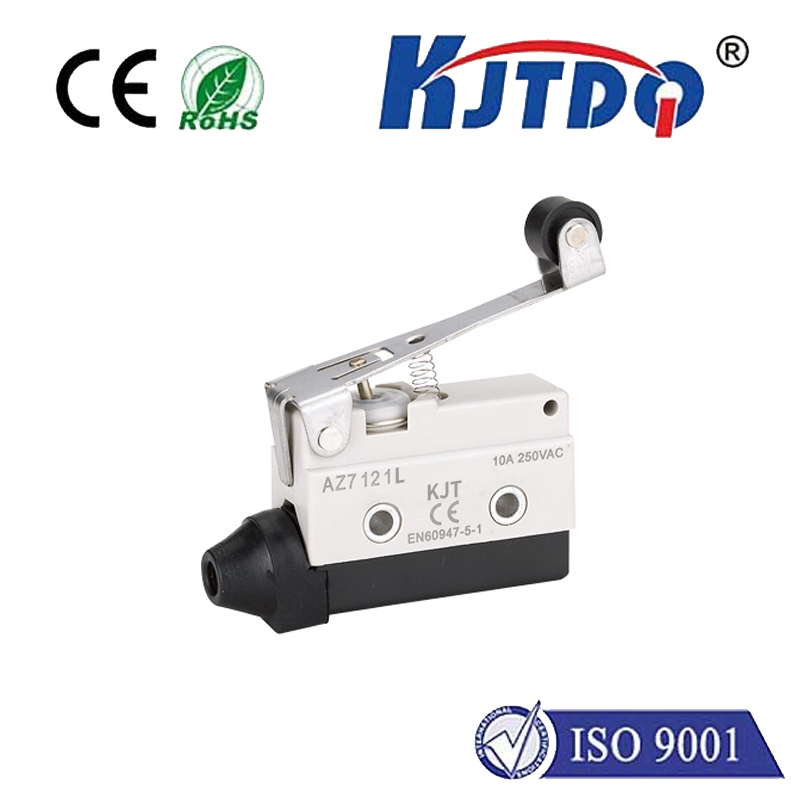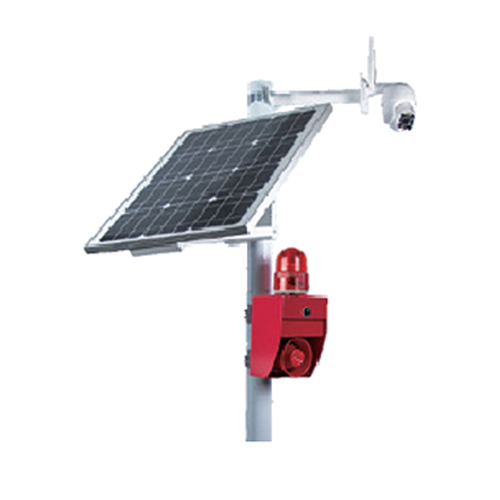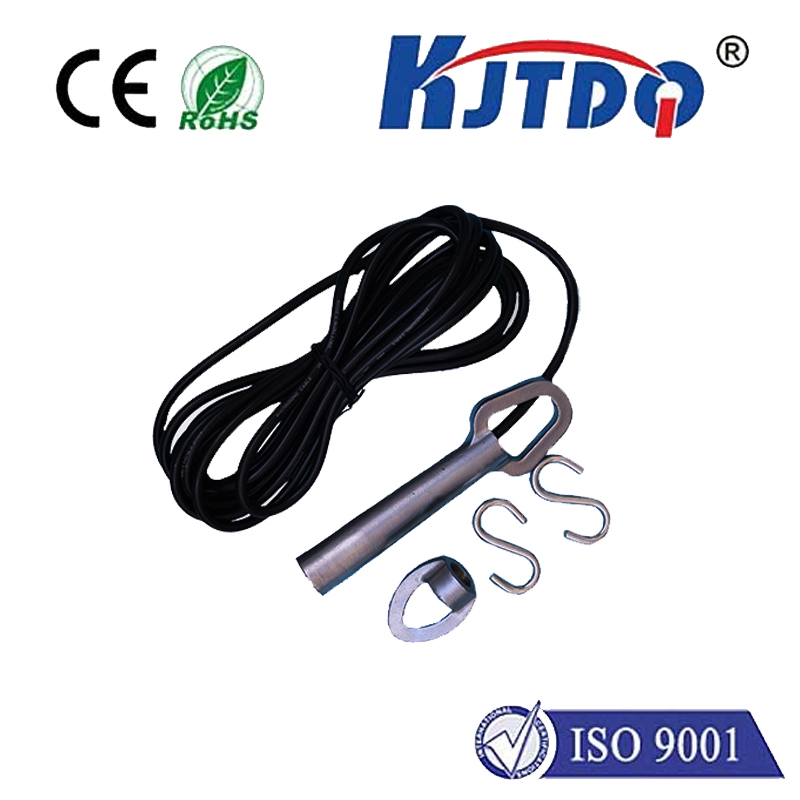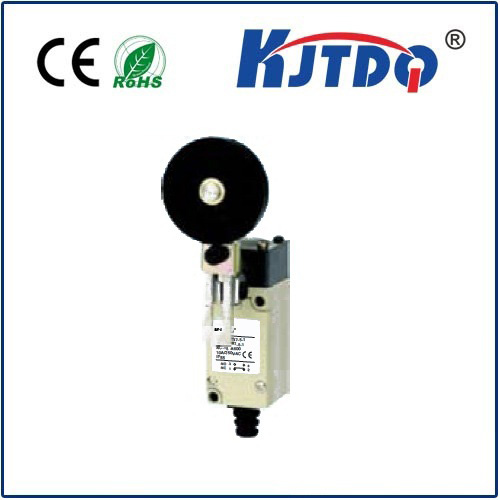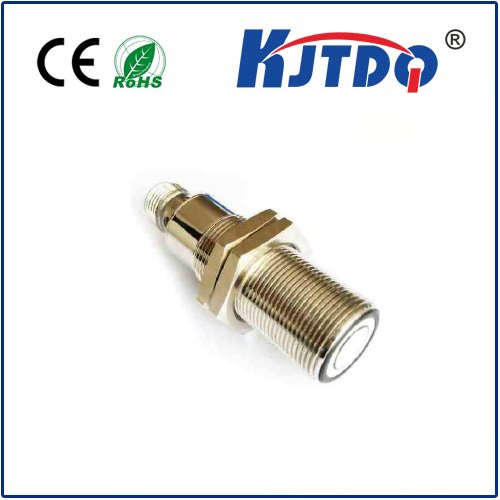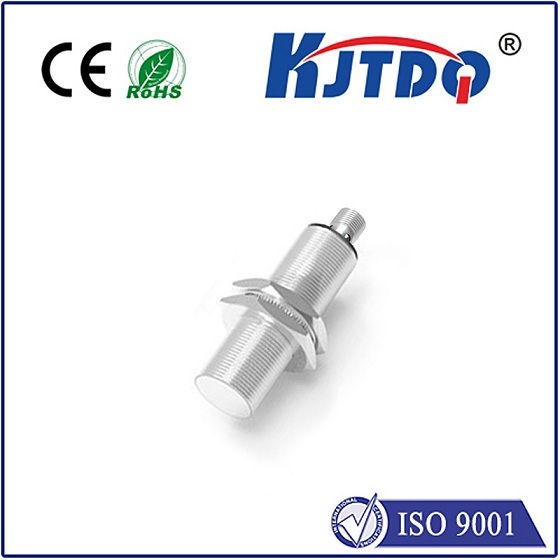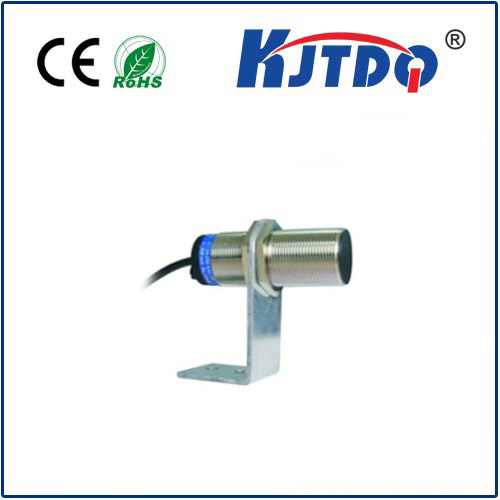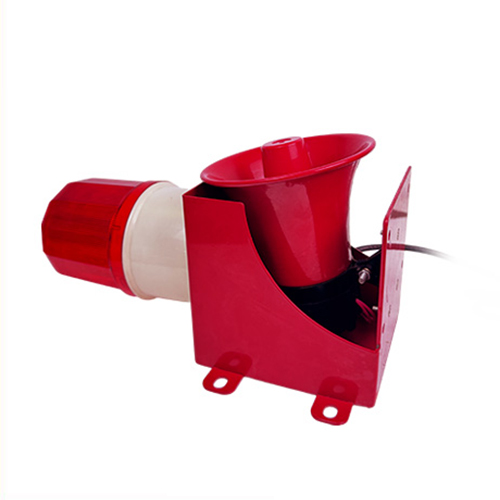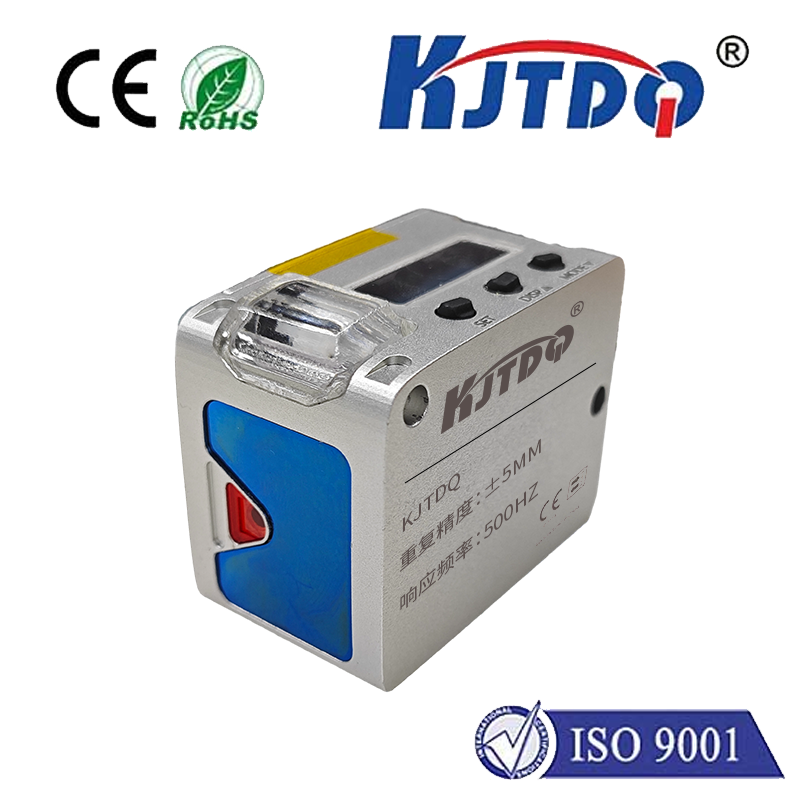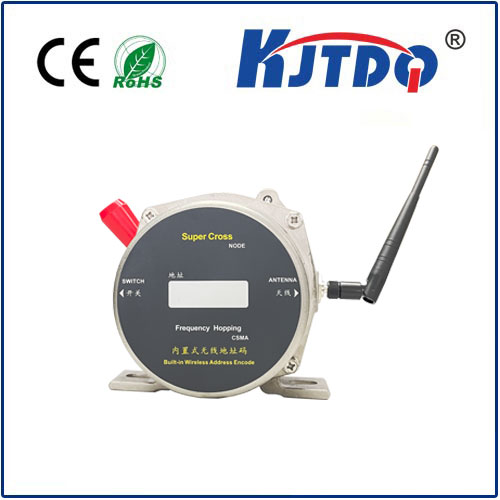proximity sensor 230vac
- time:2025-07-19 08:37:33
- Click:0
Powering Industrial Detection: Mastering Proximity Sensor 230VAC Solutions
Why do factories hum with efficiency, and machines stop precisely before collision? Often, the silent sentinel enabling this dance of automation is the unsung hero: the 230VAC proximity sensor. Stepping beyond the realm of low-voltage electronics, these robust devices directly interface with demanding industrial power systems, offering reliable, non-contact detection where it counts most. Understanding their capabilities and applications is crucial for engineers, maintenance professionals, and anyone designing resilient control systems in high-power environments.
What Exactly is a Proximity Sensor 230VAC?
At its core, a proximity sensor is a device engineered to detect the presence of an object without physical contact. It achieves this by generating an electromagnetic field (in the case of inductive sensors) or an optical beam (photoelectric). When a target enters this field or interrupts the beam, the sensor’s internal electronics trigger a state change – typically opening or closing a switch contact. The “230VAC” designation specifies its operating voltage: 230 Volts Alternating Current, the standard mains voltage prevalent across Europe, Asia, Africa, and many other regions globally.
This ability to operate directly on 230VAC power is a game-changer. It eliminates the need for additional power conversion devices like separate power supplies or relays to control high-voltage circuits. This translates to simpler wiring, reduced panel space, potentially lower costs, and increased system reliability by minimizing potential points of failure.
How the 230VAC Proximity Sensor Operates (Inductive Focus)
Inductive proximity sensors are the most common type in industrial settings, especially those rated for 230VAC. Here’s the simplified process:
- Field Generation: An internal oscillator generates a high-frequency electromagnetic field emanating from the active sensing face.
- Target Detection: When a conductive metal target (e.g., steel, aluminum, brass, copper) enters this field, eddy currents are induced within the target.
- Damping Effect: These eddy currents draw energy from the sensor’s oscillator circuit, causing its amplitude to decrease.
- Signal Processing & Switching: The sensor’s internal circuitry monitors this amplitude change. When the drop reaches a predefined threshold (the sensing distance), the circuit triggers a solid-state or relay output switch. Crucially, for a proximity sensor 230VAC, this switch is designed to directly control the 230VAC load circuit.
- Output State Change: The sensor’s output switches state – either opening (NO - Normally Open) or closing (NC - Normally Closed) the circuit connected to its load (like a contactor coil, solenoid valve, or indicator lamp running on 230VAC).
Key Features and Advantages of 230VAC Proximity Sensors
- Direct High-Voltage Switching: The standout benefit. Eliminates the need for intermediary relays or power supplies to control 230VAC devices, streamlining system design and reducing cost and complexity.
- Robustness & Reliability: Built for harsh industrial environments. Typically feature:
- Rugged Housings: Often Nickel-plated brass or stainless steel, resistant to physical impact, vibration, and corrosive atmospheres.
- High Ingress Protection (IP) Ratings: (e.g., IP67, IP68, IP69K) ensuring resistance to dust, water jets, high-pressure cleaning, and even temporary submersion. This resilience is vital in dirty, wet, or washdown scenarios.
- Solid-State Performance: Compared to traditional mechanical switches or contactors controlled by lower-voltage sensors, proximity sensors 230VAC feature solid-state outputs. This means no moving parts to wear out, enabling incredibly fast switching speeds (often in kHz range) and millions of operations without maintenance.
- Non-Contact Operation: Since no physical contact is needed, there’s no wear on either the sensor or the target. This leads to exceptionally long service life in high-cycle applications.
- Diverse Sensing Distances: Available with sensing ranges from a few millimeters up to several centimeters, suitable for various positioning tasks. Factor 1 (Sn) influences the rated sensing distance.
- Wide Application Suitability: Particularly adept in environments with oil, coolant, dust, and moisture where conventional switches might fail.
- Inherent Safety: Reduces risks associated with mechanical wear or sparking common in contact-based switches.
Where Do 230VAC Proximity Sensors Excel? (Industrial Applications)
Their ability to directly interface with standard industrial power makes them indispensable across numerous sectors:
- Machine Tool Positioning: Accurately detecting tool holders, slides, workpiece clamps, and end-of-travel positions on lathes, mills, and CNC machinery powered by 230VAC.
- Conveyor Control: Monitoring presence/absence of boxes, pallets, or components on conveyor lines; triggering sorting gates or stops; verifying motor rotation.
- Material Handling: Detecting the position of lift tables, scissor lifts, pallet forks, and automated guided vehicles (AGVs).
- Packaging Machinery: Verifying product presence in cartons, detecting foil seals, controlling capping heads, and ensuring glue applicator positions.
- Automated Assembly Lines: Confirming part presence at stations, verifying cylinder end-of-stroke, and detecting jams or misfeeds on robotic arms.
- HVAC Systems: Monitoring damper positions, filter presence, fan rotation, or valve states in large commercial/industrial units.
- Washdown Environments: Food & Beverage, Pharmaceutical, and Chemical plants benefit from their high IP ratings to withstand rigorous cleaning cycles.
- Hydraulics & Pneumatics: Detecting cylinder rod positions directly without needing separate low-voltage controls.
Installation and Selection Considerations for 230VAC Models
Integrating a proximity sensor 230VAC requires attention to detail:
- Voltage Compatibility: Ensure the sensor matches the exact line voltage (e.g., 230VAC 50Hz, 230VAC 60Hz) to avoid damage or malfunction.
- Load Capacity: Crucially, check the sensor’s maximum switching current and voltage (AC/DC). Ensure the load (contactor coil, lamp, solenoid valve) it will control falls within these limits. Overloading is a common failure point. Understand resistive vs. inductive loads.
- Housing Material & Size: Choose materials suitable for the environment (stainless steel for corrosive/washdown, nickel-plated brass for general use). Select the form factor (e.g., cylindrical M8, M12, M18, M30; rectangular) that fits the mounting constraints.
- Sensing Distance (Sn): Select a sensor with sufficient range for your target and mounting arrangement. Consider the reduction factor (Factor 1) for different target metals.
- Connection Type: Pre-wired cables





